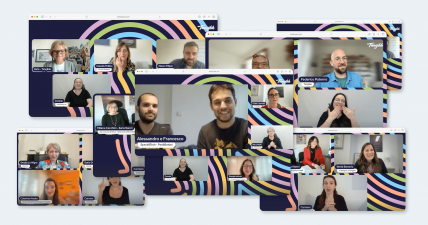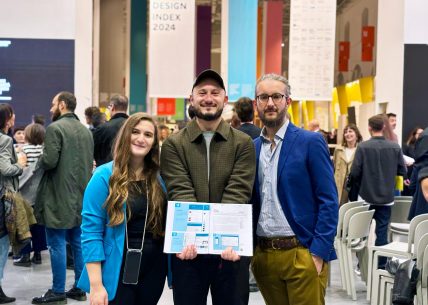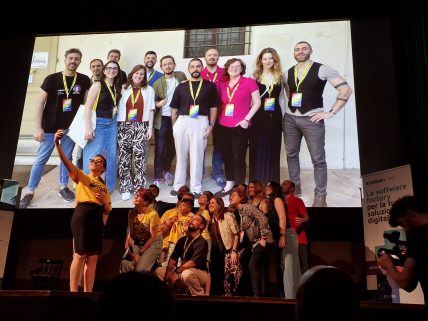Thinking
Experiences and reflections from URCA! 2024
During the conference, we gathered numerous insights and experiences and shared our perspective through a speech.
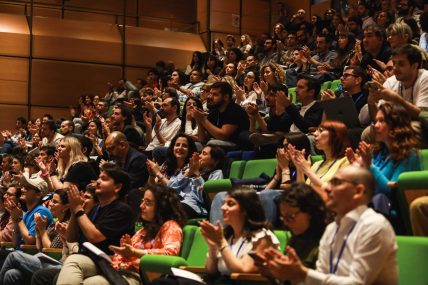
The event, held in Milan and organized by UNGUESS, brought together experts from all over Italy to share ideas and innovations in the field of User Experience, with particular attention to user research.
URCA! 2024 offered a comprehensive overview of the present and future of this discipline, addressing crucial topics such as the maturity of research within companies, the evolution of processes, and common issues.
During the day, many noteworthy themes and viewpoints emerged, and we decided to collect those we found most interesting.
Stakeholder involvement and awareness
Marcello Tecleme from Canva opened the conference with valuable tips on overcoming difficulties in engaging end-users and internal stakeholders in user research projects. He highlighted the importance of creating a sense of ownership in the project to facilitate cross-area consensus and participation.
Sharing research insights and support among teams is crucial, and it is essential to present research results in various formats, such as high-level and detailed decks, videos, and “podcasts,” to maximize the absorption of insights across different audiences, from C-levels to operational staff. Additionally, research repositories must be favoured and “sponsored” by management to be effective.
Raffaella Roviglioni from Thoughtworks emphasized the importance of synthesis and sense-making in user research. She compared the process to creating a movie trailer, where only crucial information is highlighted.
Synthesizing insights must be clear and targeted: cutting often hurts those conducting the research, but it is necessary. Extracting user phrases and emotions to engage stakeholders through empathy is fundamental, and user emotions are needed to create a sense of “commitment” outside the design team.
Innovation, emerging technologies, and UX research maturity
Fabio Sergio, Chief Design Officer at Accenture Song ICEG, illustrated several trends related to design. Particularly striking was his talk on the future of UX about artificial intelligence, with reflections on hyper-customization and Generative UI (GenUI).
Much has been discussed about these possibilities in recent years, but it is possible that soon we will see what has been hypothesized come to fruition.
Chiara Gargiulo and Monica Feo from Fifth Beat illustrated the implementation of continuous discovery and the solutions adopted for the challenges encountered.
They emphasized the importance of targeted research questions and the need to adapt reports to stakeholders. Additionally, they discussed time-saving techniques such as automated recruiting with tools like Userlytics and quick clustering with Miro AI.
Giulia Biamino described how Arduino uses its vast community for user research and the implementation of Continuous Testing to improve user experience in a relatively short time. Using the community allows for efficient testing, and short, accessible reports are a great engagement tool for all teams.
Finally, Gabriele Buzzatti, Lead researcher at Idealista Italy, shared tips on increasing the value of user research based on the maturity of the discipline within the company, highlighting the low number of UX researchers in Italian companies. He also proposed strategies to improve user research maturity in companies.
Accessibility and inclusivity
Enrico Mosca shared NeN's experiences in creating accessible experiences, emphasizing the importance of allowing users to use the tools they are accustomed to. A deep understanding of assistive technologies is necessary for valid tests, and cognitive disabilities and neurodiversity must be included in future tests.
Simon Mastrangelo from Ergoproject explained the legal obligations related to accessibility and the importance of making services accessible not only to avoid fines but also to prevent discrimination against disabled users. Involving disabled users and observing tests to understand their experiences is essential. Additionally, adequate budget and time are needed to make a platform accessible, as interventions are often made post-development and require rewriting much code.

Our experience with AI in User Research
During the roundtable dedicated to the present and future of user research alongside AI, I shared our direct experience with the use of artificial intelligence in user research. The goal was to offer a comprehensive and inspiring overview of how AI can transform user research, making it more efficient and sustainable, overcoming traditional limitations, and achieving advantageous results for the business and the ecosystem in which the product/service operates.
One of the main challenges is represented by the budget and time constraints often imposed on research, which can hinder achieving product goals. AI at Tangible has been adopted as a strategic solution to overcome these obstacles, allowing us to maintain high-quality standards in terms of design.
We outlined several phases of user research where AI is integrated:
- In Discovery Research, we use AI to identify profiles, create research and test protocols, and analyze evidence to extract insights and generate reports. We currently use primarily GPT-4 and Dovetail.
- In Concept Testing, we organize meetings to converge on business outcomes, define Opportunity Solution Trees, and propose metrics for evaluating experiments, with AI facilitating the structuring and analysis of collected data.
- In Usability Testing, we generate wireframes, UI, and live prototypes, and create HTML prototypes to test complex flows with various variables. We use GPT-4, Relume.io, Figma, and Webflow to optimize these processes.
- Finally, in Post-Launch Evaluation and UX Monitoring, AI assists in continuous monitoring and usability evaluation of post-launch products, facilitating the collection and analysis of performance data.
A central point of the speech was the workflow for Discovery Research. I showed how AI can automate the creation of reports from interview data, using specific prompts to extract strengths, weaknesses, observations, and feature requests. This process not only accelerates report generation but also ensures that results are thorough and accurate. Among the advantages of AI, we cited flexibility, cost-efficiency, and the ability to work with multimodal data (text, images, audio…).
However, we acknowledge some challenges, such as the need to provide adequate context to the AI and the limitations in prompting requests. To ensure ethical and effective use of this technology, we suggest carefully evaluating whether or not to use AI tools, ensuring from the outset that they respect necessary privacy levels, always checking the accuracy of generated outputs, and avoiding providing sensitive data to generative AI tools.
We were also able to present the results obtained thanks to the integration of AI in our user research activities, showing how its use allowed us to make three user test streams more efficient, commissioned with the same budget and timeline, where we managed to reduce research costs by 44% in the second stream and 23% in the third, with an overall efficiency improvement of 33.5%.
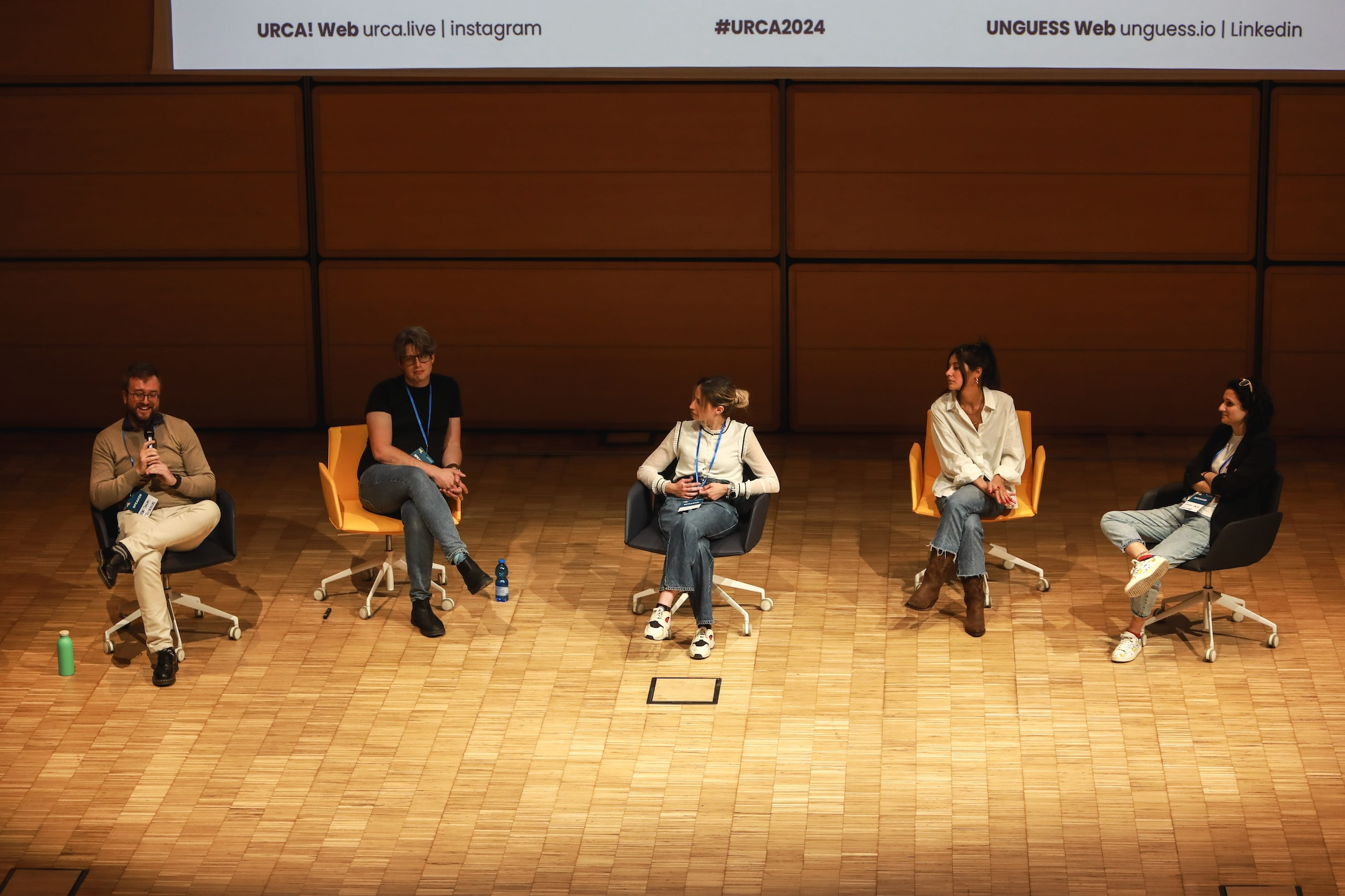
URCA! 2024 provided a comprehensive overview of how AI and new technologies are shaping the future of User Research. The talks offered practical insights and inspiration for everyone working in the UX field, emphasizing the importance of continuous innovation and stakeholder engagement. It was essential for us to participate and engage with other organizations to deepen our understanding of the state of user research and its immediate developments and new applications.
